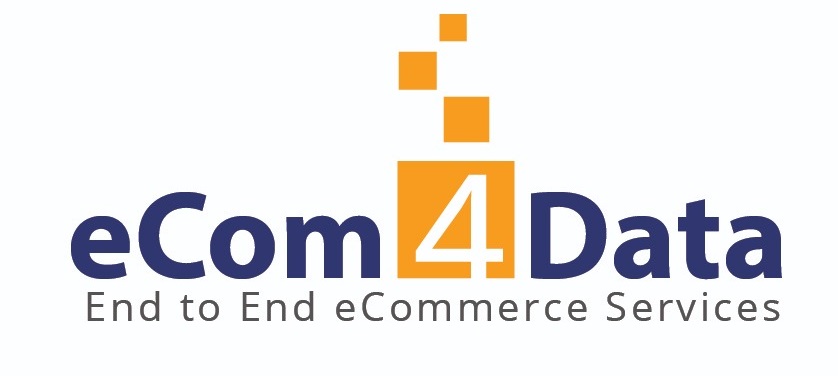Content Management
In the evolving world of eCommerce, staying competitive requires a comprehensive approach to content management. This encompasses from keeping product listings up to date and removing discontinued items to adding new products seamlessly and efficiently managing inventory and prices. By effectively managing these aspects, businesses can enhance customer experience, boost sales, improve brand reputation, and achieve long-term success in online marketplace.
I. Maintaining Accurate Listings:
Regularly updating product information:
To ensure accurate listings on eCommerce platforms or websites, businesses must prioritize the regular updating of product information. This includes details such as titles,, images/videos, specifications, pricing data, and availability status.
Utilizing content management systems (CMS):
Implementing a robust CMS enables businesses to centralize their product data for easy access and updates across multiple channels simultaneously.
Leveraging automated synchronization tools:
By integrating automated synchronization tools with CMS platforms or ERP systems (Enterprise Resource Planning), businesses can streamline the process of updating product information across various marketplaces in real-time.
II. Removing Discontinued Products:
Regular inventory audits:
Conducting regular inventory audits is crucial for identifying discontinued products promptly.
Developing a consistent process for removal:
Establishing a standardized procedure ensures that discontinued products are swiftly removed from all sales channels without causing confusion or negatively impacting customer trust.
Effective communication with customers:
Proactively communicating with customers about the discontinuation of specific products helps manage expectations while maintaining transparency.
III: Adding New Products
Streamlining new product introduction process
Having an efficient workflow ensures that new products are added promptly while minimizing errors or delays in listing creation.
Optimized SEO strategies
Crafting compelling titles and descriptions using targeted keywords boosts visibility on search engines for newly added products.
A/B testing
Utilizing A/B testing techniques enables businesses to gauge customer response to new listing attributes such as visuals or pricing structures before making them permanent.
IV: Managing Inventory And Prices
Real-time inventory tracking system
Implementing an automated system allows real-time visibility into stock levels across all sales channels which helps prevent overselling or stockouts.
Dynamic pricing strategies
Employing dynamic pricing algorithms
